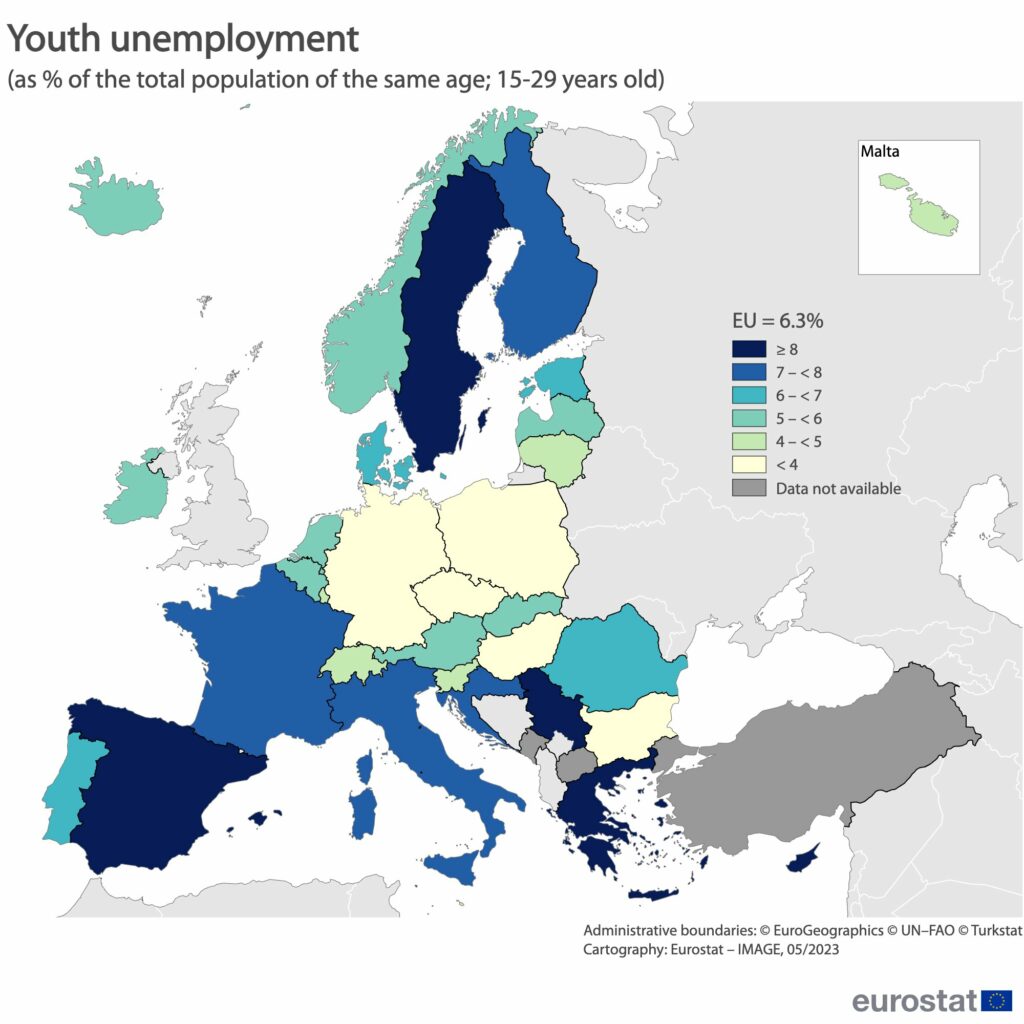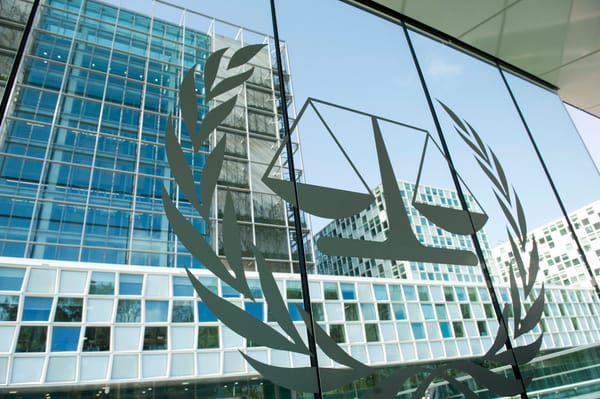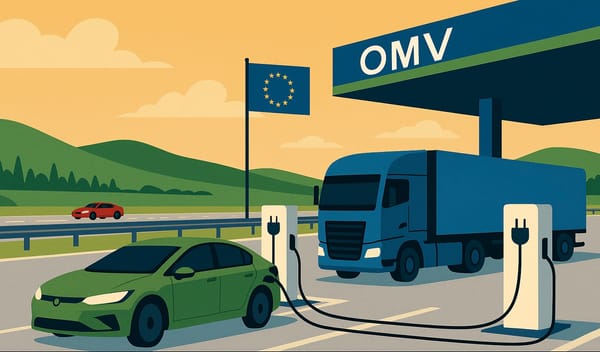
EU youth unemployment lowest since 2009
Only 4.48 million EU citizens aged 15 to 29 found themselves unemployed last year, according to the latest data from the EU’s official statistics agency Eurostat. This constituted 6.3% of those in that age group, a historic low since 2009, it added.
The lowest rate in Central and Eastern Europe (CEE) was 2% in Czechia. Next up were Hungary and Poland, which were level on 3.5%. Slovenia had 4.3% youth employment in 2022, just below Lithuania with 4.5%.
Other CEE countries with levels below the EU-27 average of 6.3% (registered in 2020) were Austria 5.2%, Slovakia 5.5%, Latvia 5.9% and Romania 6%.

When compared to the data from 2021, most EU countries observed a decline in the percentage of unemployed young individuals within the total population.
Estonia was one of the few countries to see a rise in youth unemployment, up from 6.4% in 2021 to 6.8% in 2022. Cyprus and Latvia also experienced marginal increases of 0.1 percentage points, while Romania observed a rise of 0.3 percentage points.
CEE’s three highest figures all came from Balkan countries: Croatia’s youth unemployment level was 7.1% last year, Serbia’s 8.6% and Greece had the highest youth unemployment rate in Europe, with 11.2%.
European Commission President Ursula von der Leyen addressed the subject of youth unemployment in a speech at the 15th Congress of the European Trade Union Confederation on Thursday, 25th May.
“Let us make sure that their future can begin right away by giving them a chance to enter the labour market. That is why we have created the Youth Guarantee: Every young European has to get a job offer, every young European has to get at least a training opportunity,” she said.
“We are complaining about lack of skilled personnel? Well, let us just invest adequately in this huge potential that is out there. Young people are our future, let us invest in them,” von der Leyen added.





